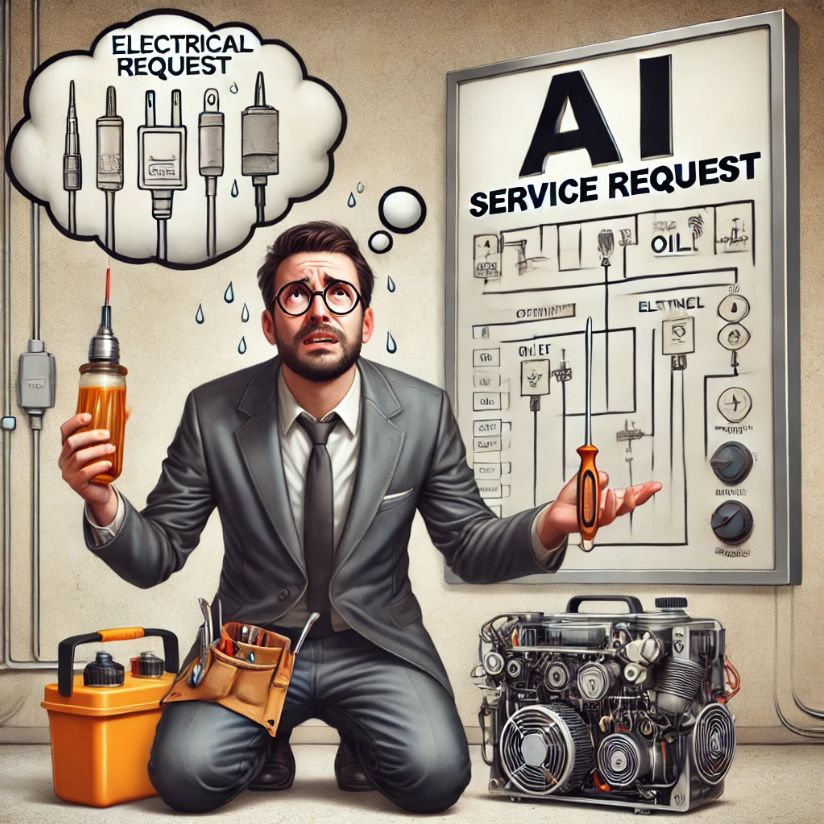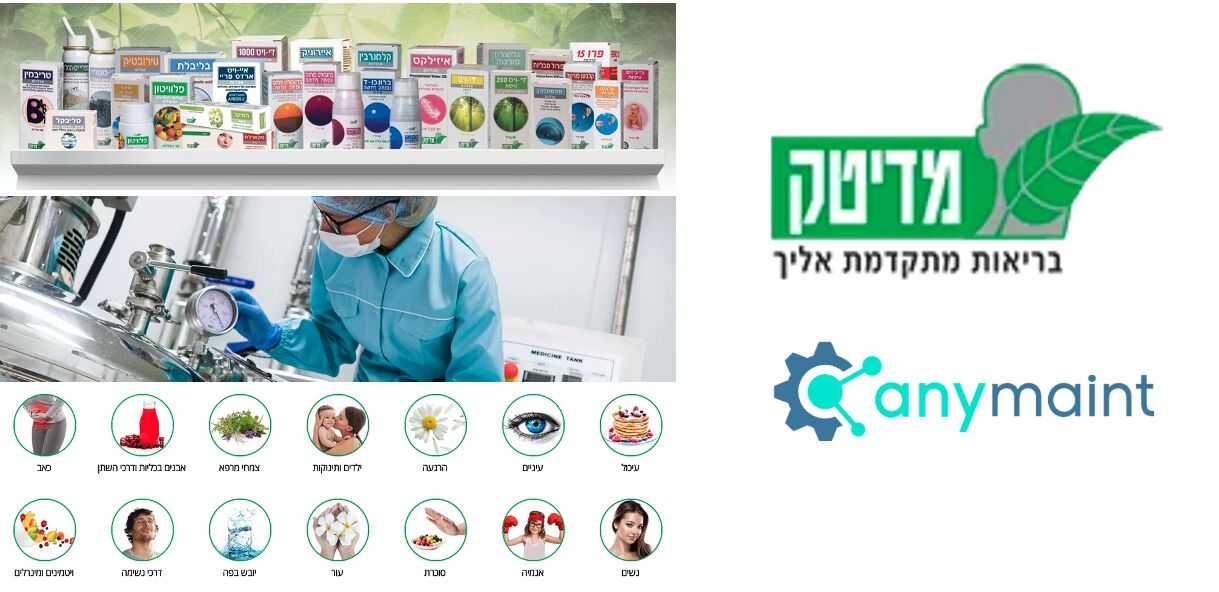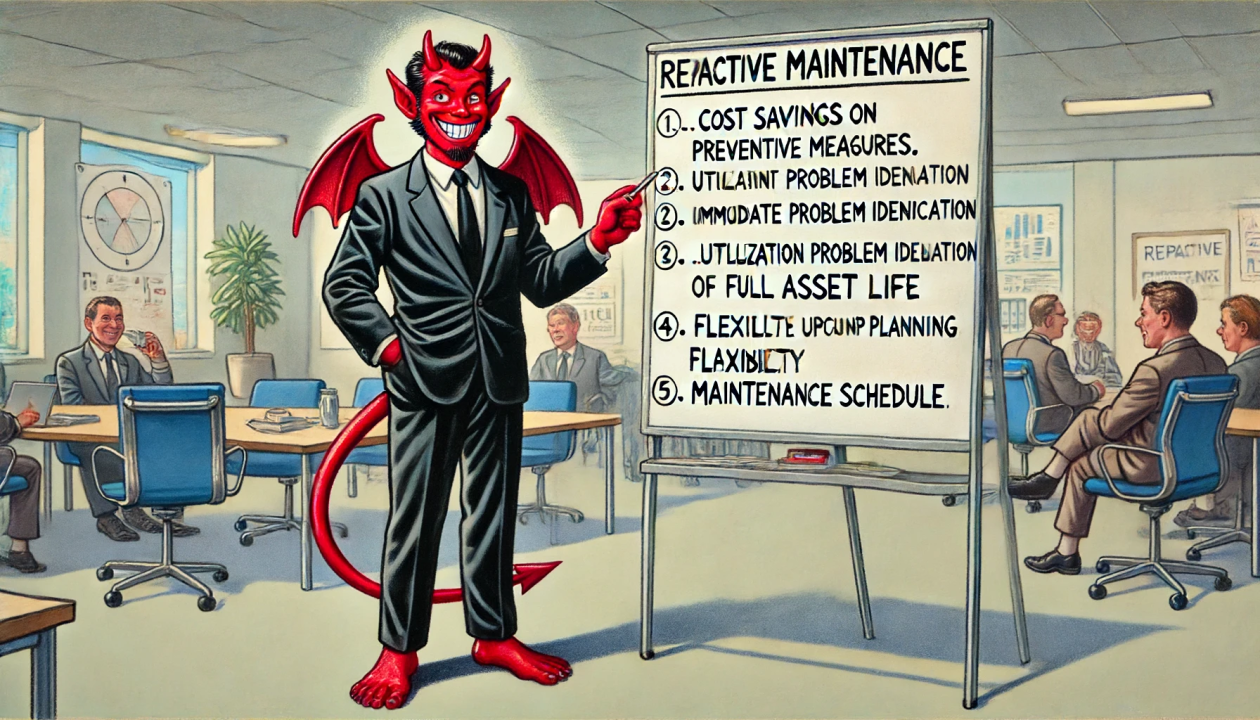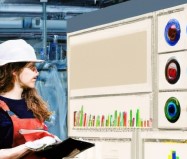
Streamline Maintenance Management in Factories
Maintaining equipment and machinery is an essential part of keeping any factory running smoothly. However, paper-based forms or manual reporting can be time-consuming, inefficient, and prone to errors. In recent years, many factories have turned to software to help streamline their maintenance management processes. In this blog post, we will discuss the benefits of software for maintenance management, the importance of worker involvement, the limitations of traditional reporting methods, and how software can streamline maintenance reporting.
Benefits of Software for Maintenance Management:
Using software for maintenance management offers many benefits, such as reducing downtime, increasing productivity, and improving safety. With software, maintenance tasks can be planned and scheduled in advance, which reduces the likelihood of unexpected downtime due to equipment failure. Software can also help managers track maintenance costs and analyze data to identify patterns and potential issues. By using software for maintenance management, factories can improve their overall efficiency and profitability.
Importance of Worker Involvement:
Workers play a crucial role in identifying maintenance issues and ensuring the success of maintenance management. They are often the first to notice when something is not working correctly, and their input can help prevent minor problems from becoming major issues. By involving workers in the maintenance management process, factories can create a culture of safety and reliability, where everyone is invested in ensuring equipment and machinery are properly maintained.
Limitations of Traditional Maintenance Reporting Methods:
Traditional maintenance reporting methods, such as paper-based forms or manual reporting, can be time-consuming and prone to errors. Workers may not always have access to the necessary forms or may forget to fill them out, which can lead to delays in reporting and fixing maintenance issues. Additionally, manual reporting can be difficult to track and analyze, making it hard for managers to identify patterns or potential issues.
How Software Can Streamline Maintenance Reporting:
Maintenance management software can help streamline maintenance reporting by providing workers with quick and easy ways to report problems. With mobile reporting, workers can report issues directly from their smartphones or tablets, without the need for paper forms. Barcode scanning and automated notifications can further simplify the reporting process, ensuring that maintenance issues are identified and addressed as quickly as possible. With software, managers can track and analyze maintenance data in real-time, allowing them to make informed decisions about scheduling, resource allocation, and preventive maintenance.
Examples of Successful Implementation:
Many factories have already seen the benefits of implementing maintenance management software. For example, a food manufacturing plant in Israel implemented a mobile-based maintenance reporting system and saw a 30% reduction in downtime, as well as an increase in worker engagement and safety. A chemical company in the US used maintenance management software to improve their preventive maintenance processes, resulting in a 10% reduction in maintenance costs and a 15% increase in overall equipment effectiveness.
Tips for Implementing Software for Maintenance Management:
To successfully implement maintenance management software, factories should choose the right software for their needs and budget, train workers on how to use the software, and monitor performance regularly. Managers should also involve workers in the implementation process, to ensure that the software meets their needs and is user-friendly.
Future Trends in Maintenance Management Software:
The future of maintenance management software is likely to see more integration with other technologies, such as artificial intelligence, predictive maintenance, and the Internet of Things (IoT). AI can help predict equipment failures and recommend maintenance actions, while predictive maintenance uses data analysis to identify potential issues before they become major problems. IoT devices, such as sensors and monitors, can provide real-time data on equipment performance, allowing managers to make informed decisions about maintenance scheduling and resource allocation.
However, it’s important to note that while software and new technologies can help streamline maintenance management processes, there is no replacement for skilled maintenance workers and managers. These individuals bring a wealth of experience and knowledge that cannot be replicated by software or robots. It’s essential that any new maintenance management tools, such as AI and IoT devices, are designed to complement and enhance the work of maintenance workers and managers, rather than replace them. The software should be user-friendly and intuitive, allowing workers and managers to easily understand and utilize its features. By combining the expertise of skilled workers with the capabilities of technology, factories can create a powerful maintenance management system that maximizes efficiency and productivity.












